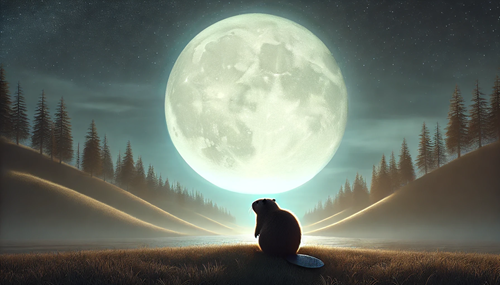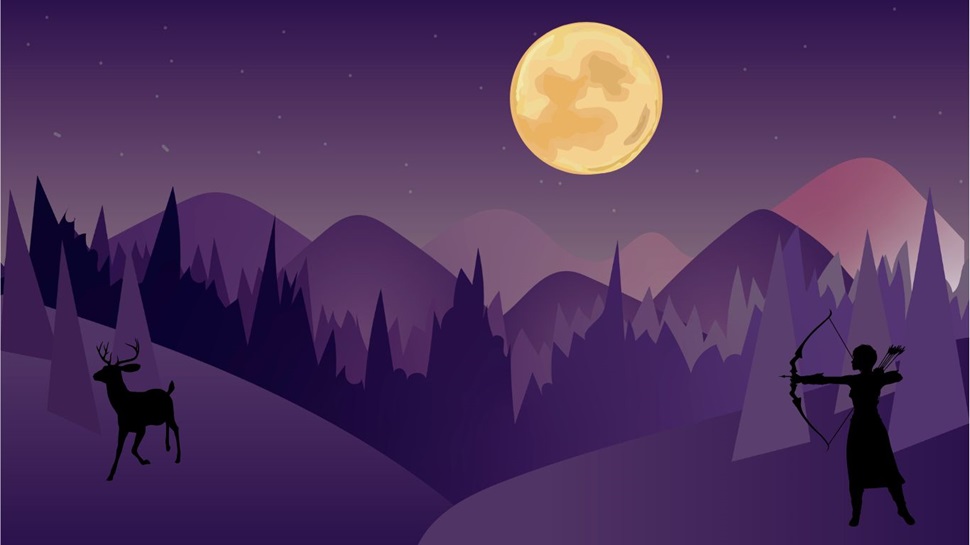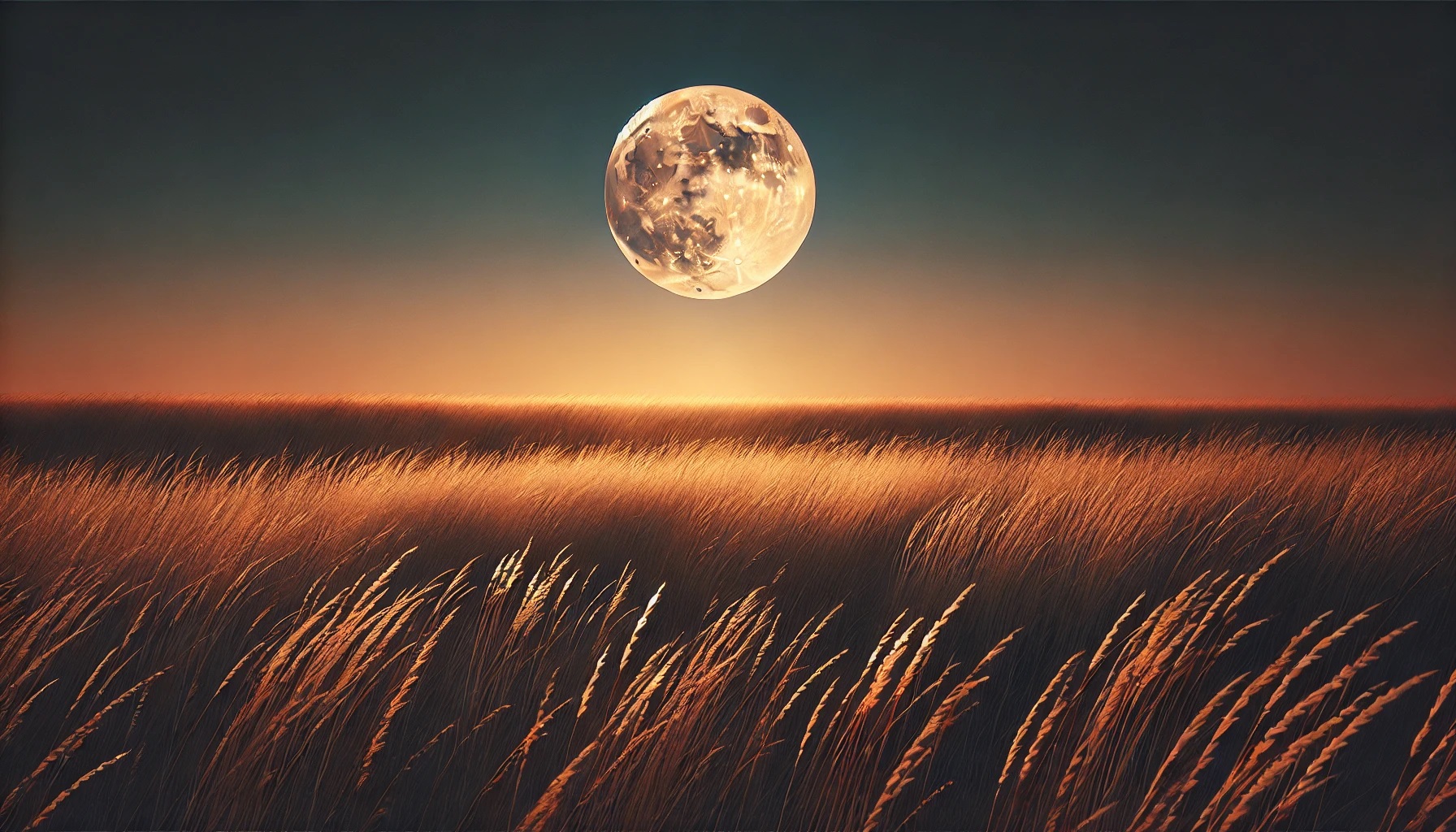November’s full moon will appear on November 15th. This moon is known as the Beaver Moon. This year the full moon will also be a supermoon! It will be the fourth and final supermoon of 2024. Discover this November’s full moon’s significance, appearance, and viewing tips. Learn how the Beaver Moon connects with seasonal traditions and enjoy its full beauty in the night sky.
What Is the Beaver Moon?
The Beaver Moon is the full moon that occurs in November. It marks the time of year when beavers are most active preparing for winter and when hunters historically set traps before the swamps froze. This full moon signifies the transition into the winter season and is associated with traditional preparations for colder weather.
 Why Is It Called So?
Why Is It Called So?
The name “Beaver Moon” originates from Native American tribes who used it to indicate the optimal period for trapping beavers, ensuring a supply of warm clothing for winter. It reflects the seasonal changes and the importance of this time for survival in the colder months.
When Will the Beaver Moon Appear?
In 2024, the moon will reach its full phase on November 15. It will reach peak illumination at around 4:28 PM ET on November 15. In IST, it will peak around 2:58 AM on November 16.
How to Spot It?
For the best view, step outside shortly after sunset and look toward the eastern horizon. The moon will rise in the east and be visible throughout the night. Find a clear, open view of the horizon to fully enjoy its brightness and beauty in the night sky.
Special Features of this Moon
This year’s Beaver Moon is special because it’s a supermoon, meaning it will look larger and brighter than usual as it appears closer to Earth. It’s also the last supermoon of 2024, making it a unique sight. When it rises in the early evening, the moon will have a golden or reddish tint due to its low position on the horizon, adding to its beauty. November’s typically clear skies should make it stand out even more, creating a stunning scene in the night sky.
Other Names for this Moon
The Beaver Moon, the traditional name for November’s full moon, has other names in various cultures:
- Frost Moon: Some Native American tribes and European cultures call it the Frost Moon, marking the arrival of colder temperatures and frosts.
- Mourning Moon: In certain pagan traditions, it’s called the Mourning Moon, symbolizing a time for reflection and letting go as winter approaches.
- Oak Moon: In some Celtic traditions, November’s full moon is known as the Oak Moon, honoring the strength and endurance of the oak tree during winter.
- Snow Moon: Although Snow Moon is typically used for February’s full moon, some cultures associate it with November if early snowfall occurs.
These names reflect the natural changes and cultural beliefs associated with November’s transition into winter.
 What to Expect
What to Expect
Expect a bright and clear view of the Beaver Moon, especially if you catch it near moonrise when it can appear larger due to the “moon illusion.” This full moon provides a wonderful opportunity to connect with seasonal traditions and enjoy the beauty of the night sky.
Previous and Upcoming Beaver Moons
- Previous: The Beaver Moon in 2023 occurred on November 27. It was a clear and bright full moon that marked the onset of winter preparations. Many people enjoyed its beauty and took advantage of the clear skies for nighttime activities.
- Upcoming: Following the Beaver Moon on November 15, 2024, the next one will be on November 7, 2025. Each Beaver Moon offers a unique opportunity to appreciate the changing seasons and the beauty of the full moon as winter approaches.
Each year’s Beaver Moon carries its own significance and charm, making it a special time to observe the night sky and reflect on seasonal traditions.




